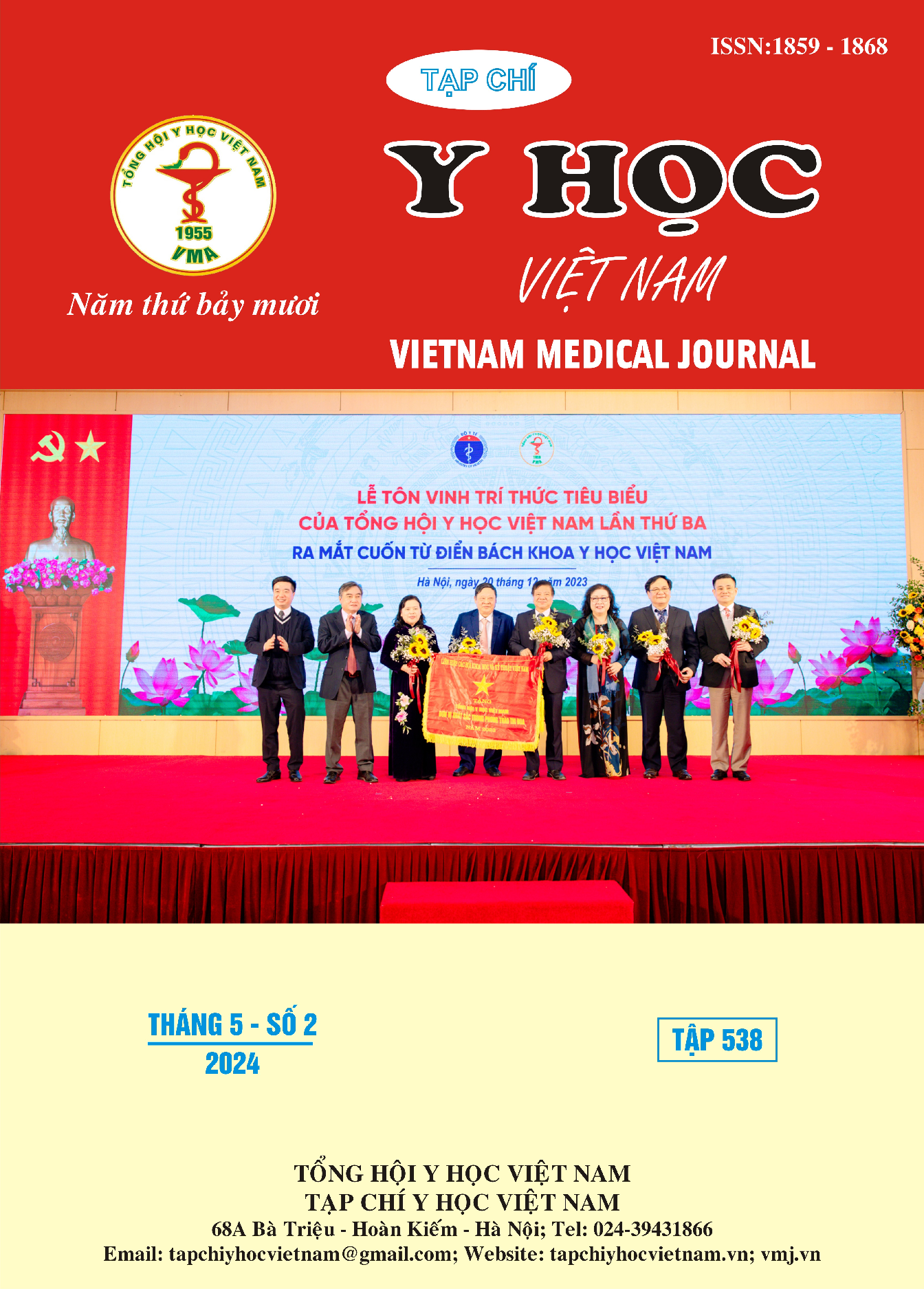A SURVEY OF PRACTICAL SKILL IN BLOOD PRESSURE MEASUREMENT IN THE 3rd YEAR MEDICAL STUDENTS OF PHAM NGOC THACH UNIVERSITY OF MEDICINE
Main Article Content
Abstract
Introduction: It is important for healthcare workers to take blood pressure accurately. Therefore, medical students should be taught fluently to measure blood pressure during the period of medical school using the auscultatory method with a manual sphygmomanometer. Currently, to our knowledge, there have not been any published studies related to blood pressure measurement skills of students at Pham Ngoc Thach University of Medicine (PNTU). The study "Survey of practical skill in blood pressure measurement in the 3rd year medical students at the PNTU " aims to provide initial information about students' accurate blood pressure measurement skills. This study is considered as a basis for solutions to improve this skill, contributing to improve treatment quality and increasing patient safety. Method: Cross-sectional study of the 3rd year medical students (school year 2023-2024) at PNTU. The sample size was 296, convenience sampling. Students' blood pressure measurement skills are assessed using a checklist, performed on standardized patients in OSCE’s rooms at CECICS. Allowed time: 10 minutes. Checklist are based on the blood pressure measurement process according to the Guidelines of the Ministry of Health of Vietnam (Decision No. 3192/QD-BYT dated August 31, 2010 of the Minister of Health). Dual-ended stethoscopes are used for both instructors and students to ensure the accuracy of measurement results. Data were processed and analyzed using SPSS 22.0 statistical software. 95% confidence interval with statistically significant difference when p < 0.05. Result: A total of 296 medical students participated in the study with an average age of 21.75 ± 2.1 years, ranging from 21 to 29 years old. With the passing score determined by the Angoff method (≥ 6 marks), the rate of passing and failing students in this OSCE station is 74% and 26%, respectively. However, the rate of medical students performing all steps of the checklist correctly ranges widely (from 7.1% to 88.5%). Conclusion: Medical students do not attain mastery of the skills required to measure BP accurately. Therefore, students should practice this skill more often and faculty should change the assessment method of this skill to increase the patient safety.
Article Details
Keywords
Blood pressure measurement skill, Medical student, Pham Ngoc Thach University of medicine.
References
2. McKay DW, Raju MK, Campbell NRC. Assessment of Blood Pressure Measuring Techniques. Oxford: Blackwell Scientific Publications. 1992.
3. Askey, John Martin. "The auscultatory gap in sphygmomanometry." Annals of internal medicine 80, no. 1 (1974): 94-97.
4. Armstrong R.S. Nurses’ knowledge of error in blood pressure measurement technique. International Journal of Nursing Practice 2002; 8:118 – 126.
5. Medical students and measuring blood pressure: Results from the American Medical Association Blood Pressure Check Challenge. J Clin Hypertens (Greenwich). 2017 Jun; 19(6): 614–619.
6. Bottenberg MM, Bryant GA, Haack SL, North AM. Assessing pharmacy students’ ability to accurately measure blood pressure using a blood pressure simulator arm. Am J Pharm Educ. 2013;77:98.
7. Alimoglu MK, Mamakli S, Gurpinar E, Aktekin M. Medical students lose their competence in clinical skills if not applied on real patients: results of two‐year cohort study. Turkiye Klinkikleri J Med Sci. 2011;31:1356‐1363.


